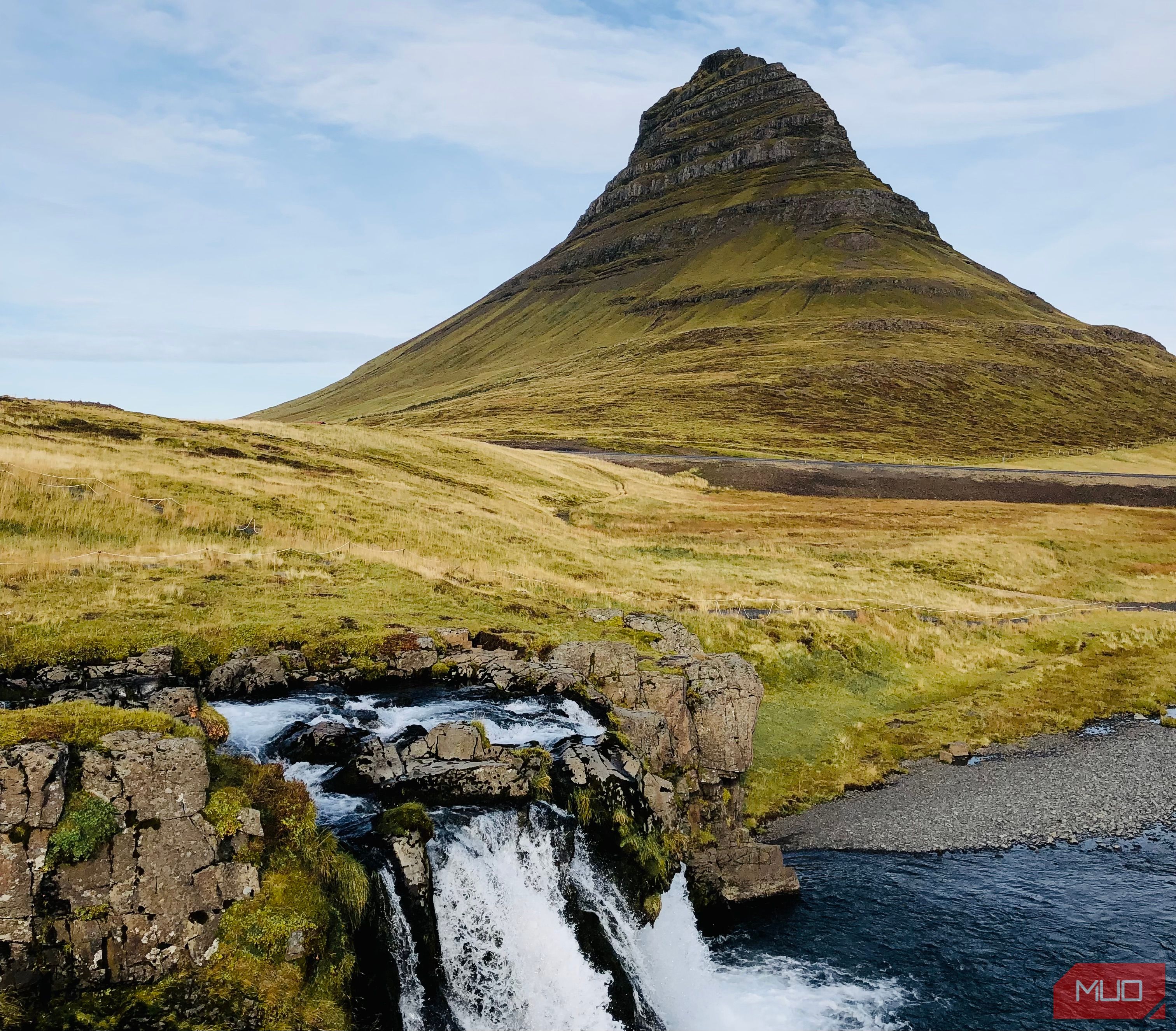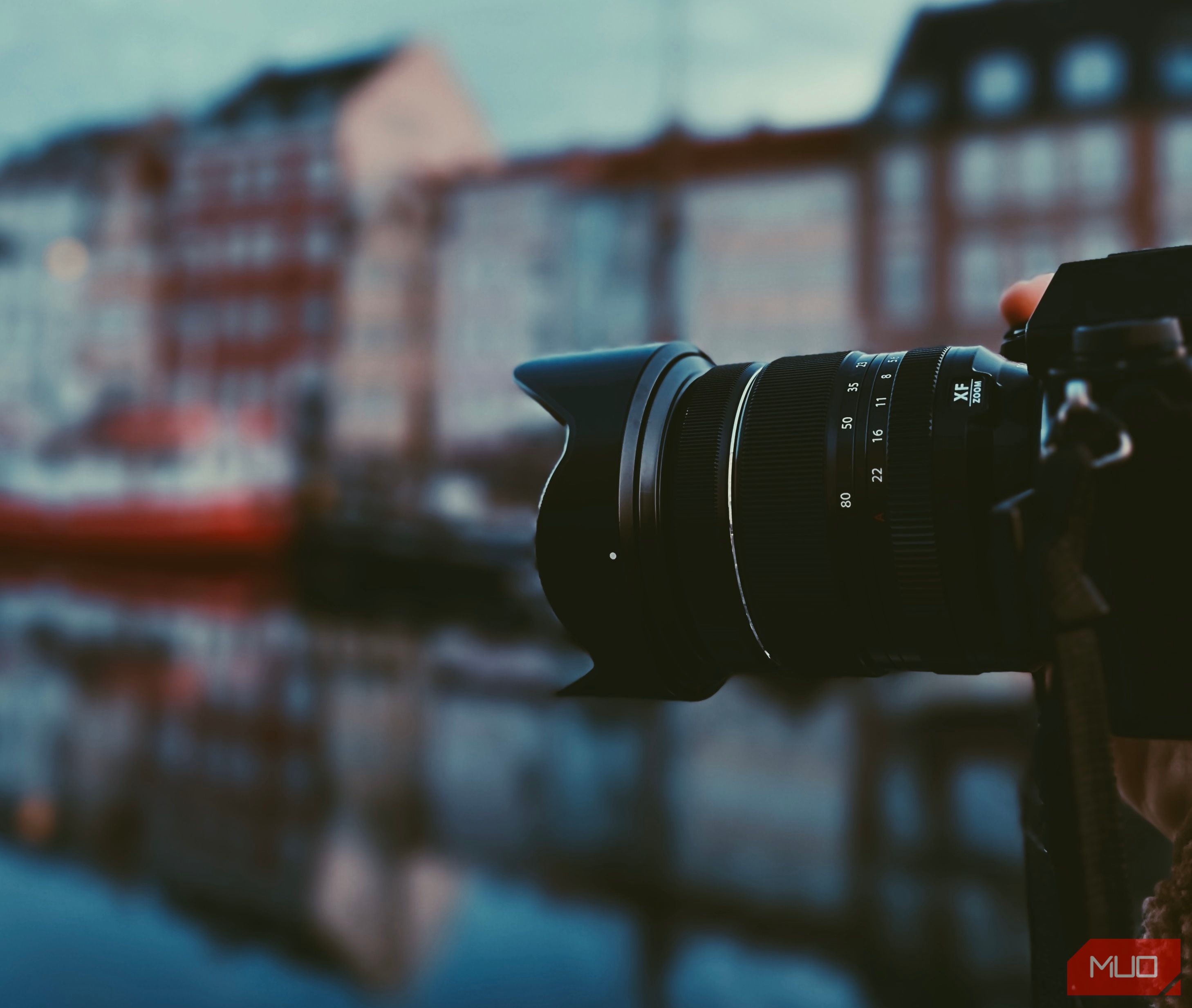Key Takeaways
- Knowing how to use your smartphone camera modes will make taking great pictures much easier.
- Portrait Mode is ideal for bokeh and bringing your subject into focus.
- Consider using 0.5 x for taking pictures in tighter spaces.
Knowing how to use each of your smartphone camera modes will make you a much better photographer. Following some experimentation, here are the results that my iPhone camera modes can come up with—along with what they each do best.
1 Photo (0.5 x)
This is by far my favorite smartphone camera mode; in my opinion, images often look more crisp than with other zoom lengths. As you can see in this picture, I used 0.5 zoom to capture the landscape outside my window from a plane. I originally tried taking this picture with a 1 x zoom, but couldn’t capture everything I wanted.
One of my favorite things about this image is how the window’s frame adds a nice extra element. It also helped me capture interesting details, like the clouds in the background and the river running around the mountain.
In my opinion, 0.5 x zoom is the best mode for capturing images in tight spaces. For example, I sometimes use it when doing street photography on my smartphone. It’s also ideal if you want to fit more of the overall frame into your image.
2 Photo (1 x)
1 x is the default zoom on many smartphone cameras, and I’ve used it in all kinds of scenarios on old and new devices. Here’s an example of a landscape photo I took on my iPhone camera at 1 x zoom:
This zoom is the best all-rounder, and I’d suggest starting with this if you aren’t yet comfortable with taking different types of images on your smartphone. It’s great for capturing all kinds of pictures, such as general landscape shots and photos of your food. You can also take portraits, but as I’ll discuss shortly, it’s not my top pick for this photography genre.
You can give yourself even more of an advantage by checking out this complete beginner’s guide to smartphone photography. Once you understand the other elements of a good photo (e.g. composition), you’ll better understand how to use each camera mode for your needs.
3 Portrait
Portrait Mode is one of my favorite camera modes on both DSLRs and smartphones, and it was a serious game-changer for smartphone photography when Apple originally introduced it. While Portrait Mode is often used to take pictures of people and animals, I actually think it’s more versatile than it’s given credit for.
For example, here’s a photo that I took while out on a morning photoshoot:
The best thing about Portrait Mode is that you can control the aperture. Without it, there’s no chance I would’ve got the result I was looking for. I therefore think Portrait Mode is the best mode for achieving a bokeh effect.
If you’re not sure which aperture to use, the best rule of thumb is to use a smaller number (e.g. f/2.8) for a blurrier background. Do the opposite if you want more of your photo to be in focus.
4 Pano
I have to say that I rarely use panoramic mode on my smartphone, and that’s normally because I can achieve better results by shooting in 0.5 x instead. Nonetheless, this experiment was about trying every camera mode… and this is what I came up with:
One of the things I don’t like about taking panoramic photos is that it often bends the corners and makes the image look unnatural. You can still achieve good panoramic photos; I’d suggest using this mode if you have a very wide landscape in front of you that 0.5 x can’t do justice.
From experience, panoramic photos can look strange if people are included in them—so it may be a good idea to keep them out of your frame. To see what I mean, look at my distorted shadow in the above image.
Your smartphone is the most versatile camera you’ll ever buy, and understanding how its different modes work is a good idea for capturing better photos. Knowing how zoom, aperture, and distance can all impact your photo will make it much easier to compose your shots—which is what I hope I’ve helped you with today.





